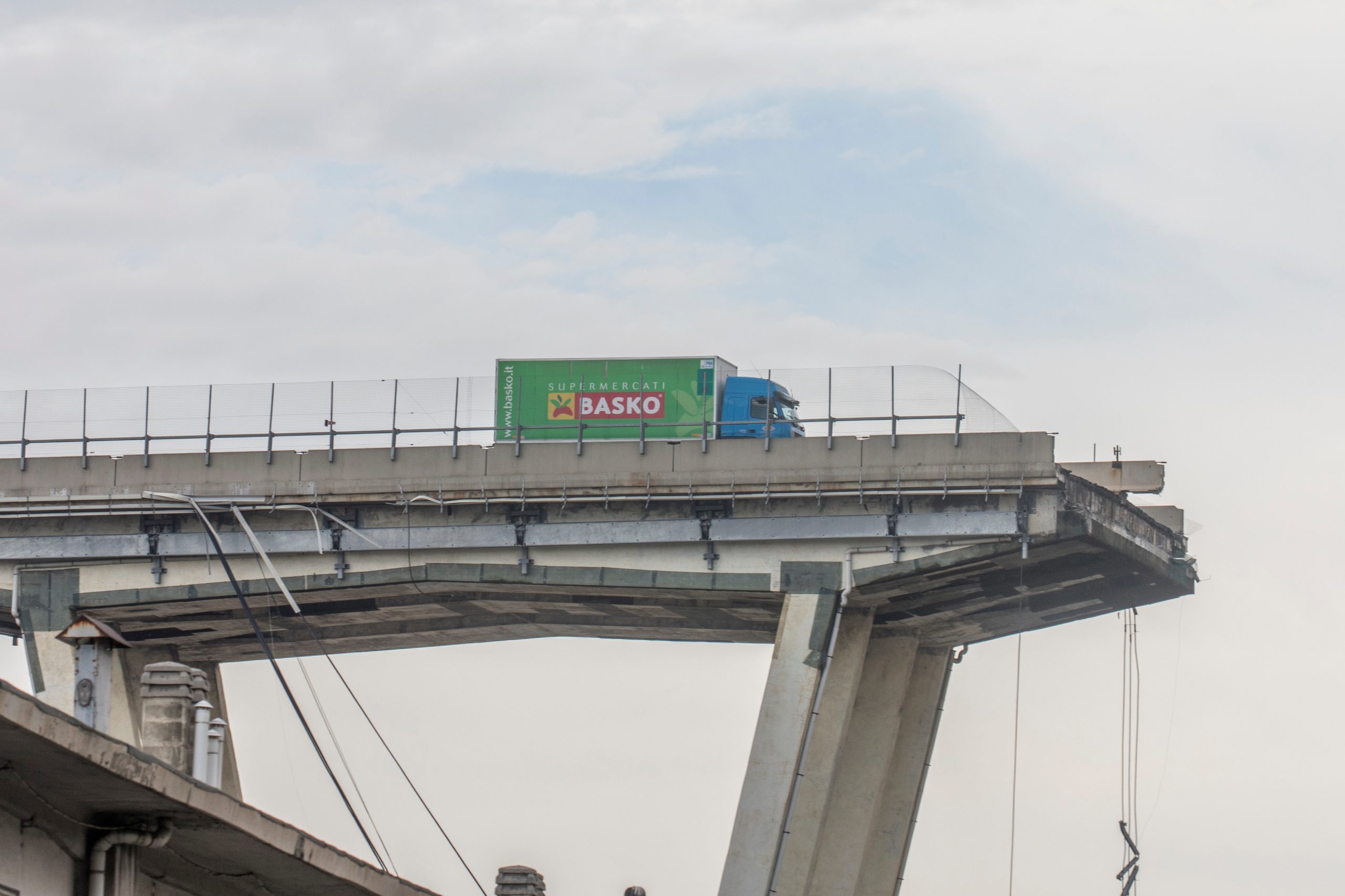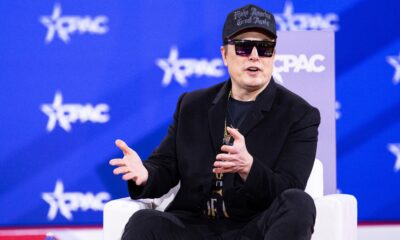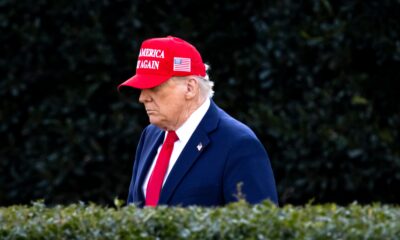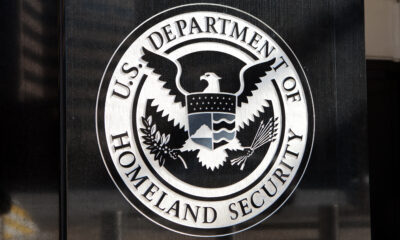Over $1 Trillion Spent On Infrastructure, Yet It Continues To Crumble

The recent catastrophe on Interstate 95, America’s longest north-to-south highway, symbolizes an ominous reality in our nation – the inadequacy and inefficiency of federal infrastructure spending. After spending a whopping $1.2 trillion on the touted “infrastructure bill,” the return Americans have received so far has been the Philadelphia highway collapse, courtesy of a tanker truck fire.
The catastrophe exposed the long-existing but frequently overlooked vulnerabilities in the U.S. infrastructure system. The fire not only annihilated the northbound side of the bridge on I-95 near Philadelphia but also cast serious doubts on the durability of the southbound side. Yet, the irony is that infrastructure has been a constant topic on Capitol Hill, albeit for reasons beyond concrete and steel.
The infrastructure bill passed late in 2021 only allocated 10% of its funds to traditional infrastructure. That is a staggeringly low figure considering Joe Biden’s claim that the bill’s passage means “America is moving again.” The law came in response to “countless speeches and promises, white papers from the experts” advocating for improvement in the nation’s roads, bridges, and other crucial infrastructure. It only passed because of the support of several GOP senators.
Adding to the spending quandary, the bill allocated $15 billion for electric vehicle subsidies, even as the market for these vehicles continues to lag and potential electrical grid strain looms nationwide. Billions went to boost electric vehicles at the expense of our highways.
The bill also funneled $85 billion towards deepening the government’s involvement in sectors better left to private enterprise. A striking example is the allocation of $20 billion to the Department of Energy to invest in energy startups, a venture with a shaky past. Another $65 billion was set aside to venture into high-speed internet. In this area, private entities like Verizon, AT&T, and T-Mobile already have extensive coverage.
Such spending on these unrelated and, in some cases, dubious endeavors could have been channeled toward boosting our traditional infrastructure. Instead, lawmakers chose to fund political pet projects and pursue partisan agendas, leaving taxpayers holding the bag.
Federal policies like the Jones Act also contribute to the infrastructure problem. The act restricts domestic water commerce to American-owned, built, and registered ships and has limited travel between U.S. ports, leading to increased traffic congestion and a lack of alternate routes for motorists. A recent study by the Cato Institute revealed the Northeast region to be home to six of America’s ten most congested roads, a direct consequence of the excessive number of truckers moving freight on northeastern highways.
The federal government could foster a more efficient and environmentally-friendly shipping process between American ports, thus alleviating highway strain. Yet, protectionism and maritime shipping unions have prevented this change for over a century, leading to unnecessary pressure on our highways and a lack of contingency options during times of crisis.
Although the I-95 disaster was an unfortunate accident, it has exposed the broader issue of flawed policy decisions and the misuse of infrastructure spending. Policymakers must focus on dedicated traditional infrastructure spending and reduce the influence of special interests. It’s time to reevaluate our approach to infrastructure to prevent future tragedies and build a more dependable transportation and distribution system.
























